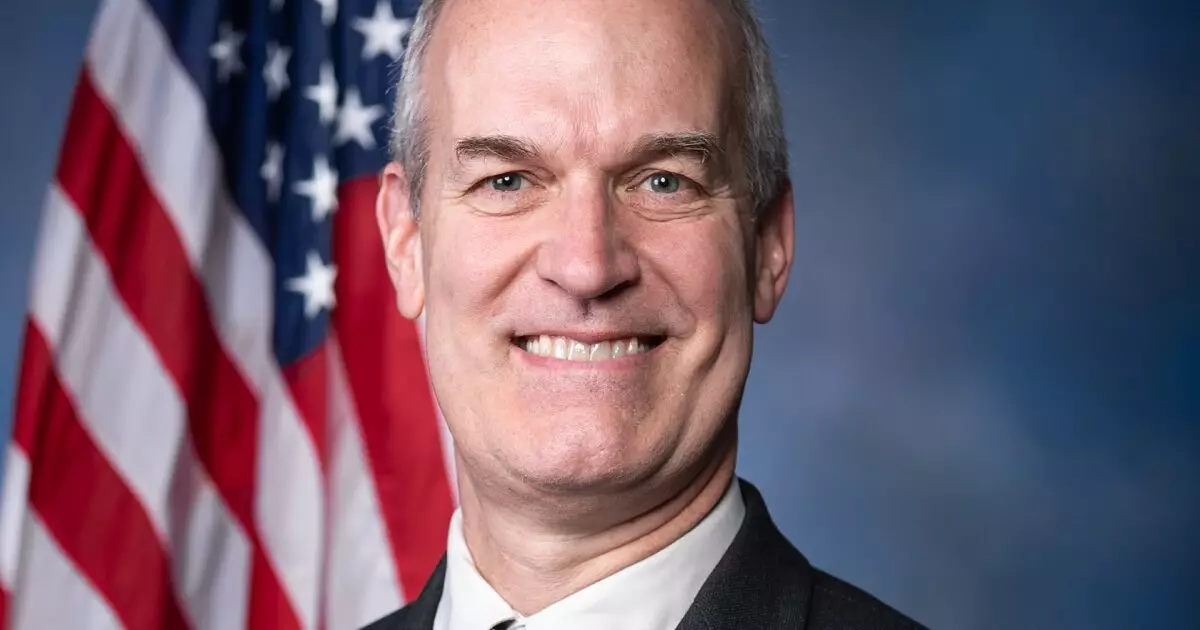The inauguration of a president often signals a shift in political priorities, and President Trump’s initial Executive Orders exemplified this reality, particularly concerning transportation infrastructure funding. The focus on halting federal grants directed towards local infrastructure projects elicited fierce reactions from Democrats and state officials alike. This discourse reveals significant concerns about the implications of such actions on job creation and project development at all levels.
Prominent among the discontented voices was Rep. Rick Larsen, the Democratic Ranking Member of the House Transportation and Infrastructure Committee. His assertion that the president’s order jeopardizes millions in federal funding and the creation of jobs starkly resonates with the gravity of the situation. He expressed that the timing and nature of this order were incomprehensible, especially at the outset of a new administration. Larsen’s call to fellow committee members to recognize the potential bipartisan implications demonstrated the universality of concern across party lines.
The longstanding tradition of collaboration within the House Transportation Committee further underscores the anxiety surrounding such executive maneuvers. The bipartisan nature of infrastructure projects is typically viewed as a unifying issue, crucial for community development; however, this unforeseen disruption poses a considerable threat to these efforts.
Key discussions during the hearings centered on the bifurcation of funding mechanisms, particularly the federal formula funding versus discretionary programs established under the Bipartisan Infrastructure Law. This law, often touted as a landmark achievement for enhancing and developing infrastructure, has introduced both renewed hope and uncertainty. Chairman David Rouzer highlighted the necessity of scrutinizing spending practices while advocating for innovative solutions like electric vehicle charging and active transportation frameworks.
Yet, as Rouzer pointed out, the looming debt crisis adds pressure to the funding landscape, creating a challenging environment for sustained investments. The Highway Trust Fund, the linchpin of state funding, continually faces insolvency threats exacerbated by decades without fuel tax increases, a clear signal of the need for systemic reform.
The disparity in spending rates between formula funding and discretionary grants raises questions about efficacy and future viability. Jim Tymon’s insights reveal a troubling trend: 67% of formula dollars have been utilized promptly, while discretionary grant expenditure rates hover alarmingly between 1% and 7.4%. This discordance not only highlights the bureaucratic challenges within the system but also indicates potential disparities in governmental efficiency.
Such figures could lead to severe consequences for ongoing and future projects. The panic encapsulated by Tymon following the Executive Order exemplifies the precariousness felt within the transportation sector. The subsequent need for clarification from the new administration reflects the uncertainty gripping the industry stakeholders, further complicating the already convoluted landscape of federal transportation funding.
As the new administration endeavors to navigate its fiscal policies, the implications of political maneuvering on established bipartisan infrastructure projects are becoming increasingly apparent. The concerns expressed by industry stakeholders like Matthew Colvin of the AFL-CIO illustrate how the political discourse is not merely a backdrop but a critical factor impacting infrastructure development. What was once a bipartisan celebration of collaborative infrastructure efforts is becoming overshadowed by political affiliations and ideologies.
The road ahead for transportation funding remains fraught with challenges, where the delicate balance between fiscal responsibility and progressive infrastructure development must be thoughtfully negotiated. The initial executive decisions signal a potential reshaping of priorities that could ultimately impact the quality of infrastructure for years to come.
In the midst of this tumult, the essence of bipartisanship must be preserved to address the urgent needs of American infrastructure. As voices from both sides of the aisle express concern over the fluctuating political landscape, the emphasis on collaboration remains paramount. Ensuring that infrastructure projects continue to progress is not merely a matter of political negotiation; it represents a pivotal aspect of national growth, economic stability, and community enhancement. The smooth continuation of these efforts will require patience, dialogue, and perhaps most importantly, a commitment to shared objectives that transcend partisan divides.

